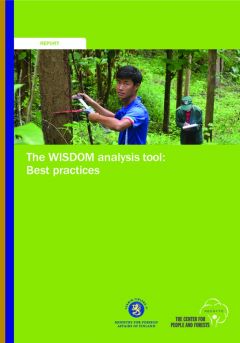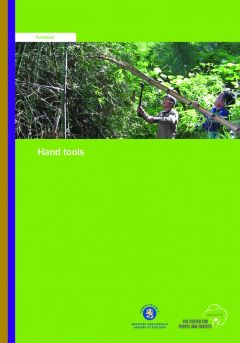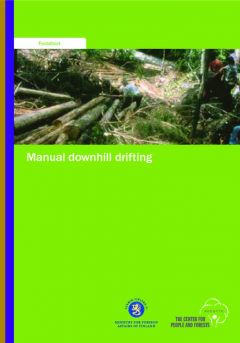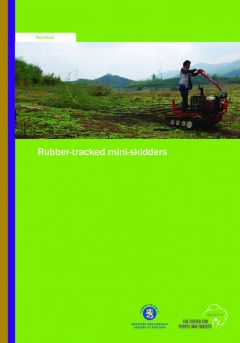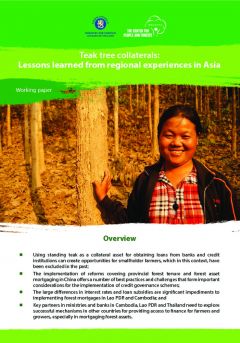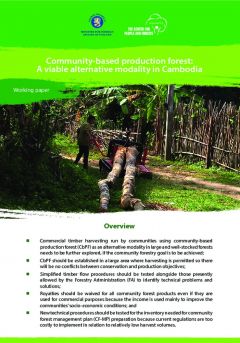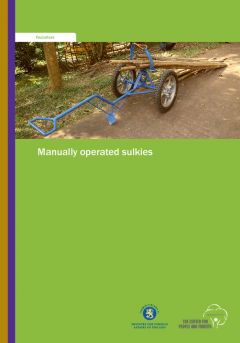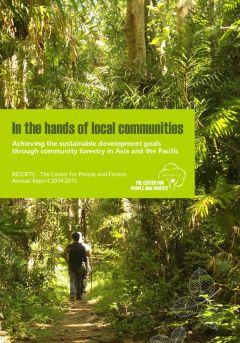Evolución de la propuesta del mecanismo de Reducción de Emisiones por Deforestación y Degradación Evitada y Mejoramiento de Stocks de Carbono (REDD+) en el Ecuador, y su perspectiva desde la redistribución de sus recursos económicos en la provincia de ...
Los objetivos de este trabajo están fundamentados en la necesidad prioritaria que tiene nuestro planeta y por ende nuestro país, de no seguir siendo devastados por las emisiones mundiales responsables del cambio climático, mismas que amenazan la vida del ser humano y de los miles de ecosistemas que lo componen.



